Austrian VBV group has posted negative returns for both its severance payment fund, VBV Vorsorgekasse, and its Pensionskasse in 2022, it said last week.
The Vorsorgekasse was caught in the downturns on financial markets returning -6.68% last year. Its assets under management stood at almost €5.5bn.
The severance pay fund, catering for every third employer, employee and self-employed in Austria, has been able to achieve a performance of 2.35% per year since the Oesterreichische Kontrollbank (OeKB) started to assess performances in 2004.
“It is important to emphasise that the gross capital guarantee provides a safety net in the new severance pay system. This means that the capital paid into the provident fund is guaranteed – it can never be less than the amount paid,” said Andreas Zakostelsky, VBV’s general director.
The group’s Pensionskasse, instead, recorded a -9.68% return, roughly in line with the average recorded by pension funds in Austria.
Last year, Austrian Pensionskassen returned -9.67% and Vorsorgekassen -7.6% as result of rising interest rates, according figures published last week by the Fachverband der Pensions- und Vorsorgekassen – the association representing the interests of pension and provident funds.
Last year’s results were disappointing, said Gernot Heschl, VBV Pensionskasse’s chief executive officer, but counterbalanced medium and long-term performance.
VBV Pensionskasse managed assets of more than €8bn for around 366,000 beneficiaries at the end of last year.
Last year was challenging for occupational pension institutions stemming from the COVID-19 pandemic, Russia’s invasion of Ukraine, the energy crisis, supply chain problems and spiking inflation with resulting uncertainty among consumers clouding the economic outlook, VBV said.
Central banks abruptly increased interest rates several times, a move that had a negative impact on government bonds and stock markets, it added.
This had an impact on returns of Pensionskasse and Vordorgekasse, said Zakostelsky, adding that a recovery phase may follow in the medium term after the downturn.
The latest digital edition of IPE’s magazine is now available











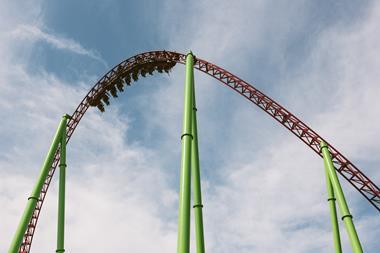
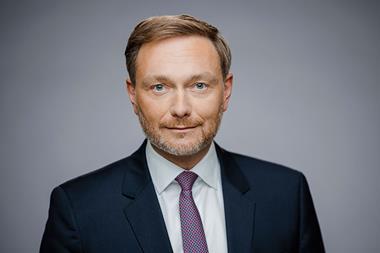
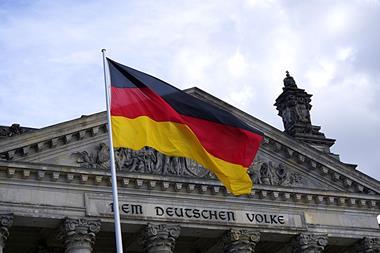

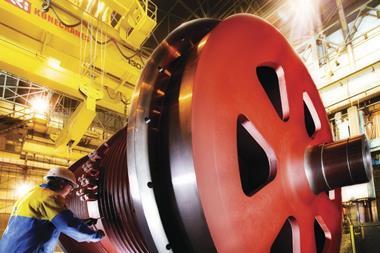
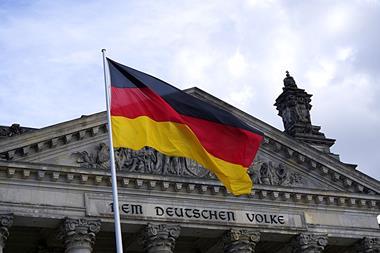














No comments yet